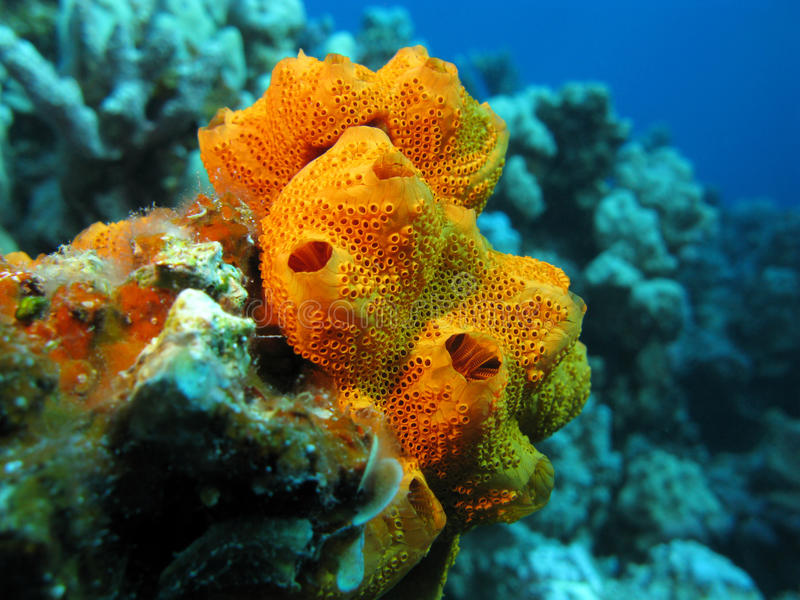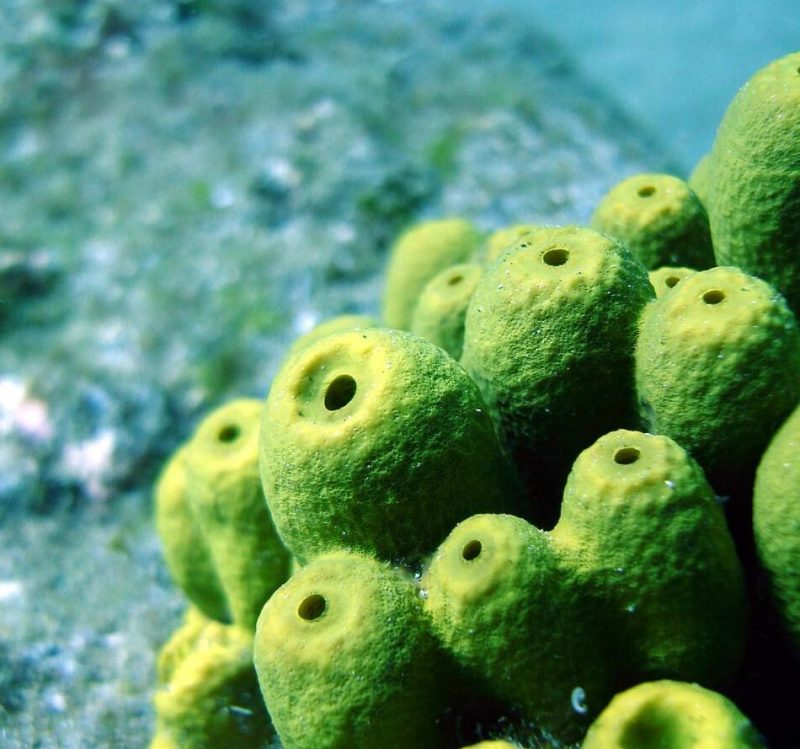
You’ve probably watched enough crime shows to know that humans leave DNA behind in the places we’ve been. Like us, water-dwelling animals leave DNA behind too, in the water column. A new study, published June 3, 2019, in the peer-reviewed journal Current Biology, finds that seas sponges, which can filter 10,000 liters (2,600 gallons) of water daily, pick up DNA in their tissues from other ocean dwellers – such as fish, seals and penguins – as they filter-feed.
The researchers say that sponges can be used as a tool to help scientists to monitor biodiversity – that is, find out which species are living where.
Capturing genetic material in the ocean is a tough task. Marine ecologist Stefano Mariani of the University of Salford is the lead author of the study. He says sponges could give scientists an effective and environmentally-friendly method of collecting DNA samples both in the ocean and in freshwater. Mariani said in a statement:
Sponges are ideal sampling units because you find them everywhere and in every aquatic habitat, including freshwater. Also, they’re not very selective filter-feeders, they don’t run away, and they don’t get hurt by sampling – you can just grab a piece, and they will regenerate nicely.

Mariani and his team were able to identify 31 different species from genetic material in the tissue of the sponges they sampled, collected from Antarctic and Mediterranean waters. Most of the species were fish, but one sponge sample from Antarctica included DNA from Weddell seals and chinstrap penguins. The sample was later identified to be located offshore of a penguin breeding colony. Mariani said:
This was a really exciting find and also makes a lot of sense, because the penguins would be in and out of the water a lot, eating, swimming, and pooing.
Currently, machines with large water-sampling capabilities are being developed to allow scientists to sample DNA from water, but the authors think using a natural sampler could be just as effective. With the machines there are risks of DNA contamination. Mariani said, and degrading the DNA. Also, bringing machines into some regions might not be feasible and may be too disruptive to fragile ecosystems. Mariani said:
If you want to study an endangered species of sawfish or a manatee in a mangrove forest in Mozambique, you can’t go there with massive robots. You have to use a very low-tech approach.
I am hopeful that this method will prove itself to be useful. It’s the quintessential environmentally friendly biodiversity assessment tool.
Bottom line: New research finds that sea sponges capture DNA from other species in their tissue as they filter-feed.











